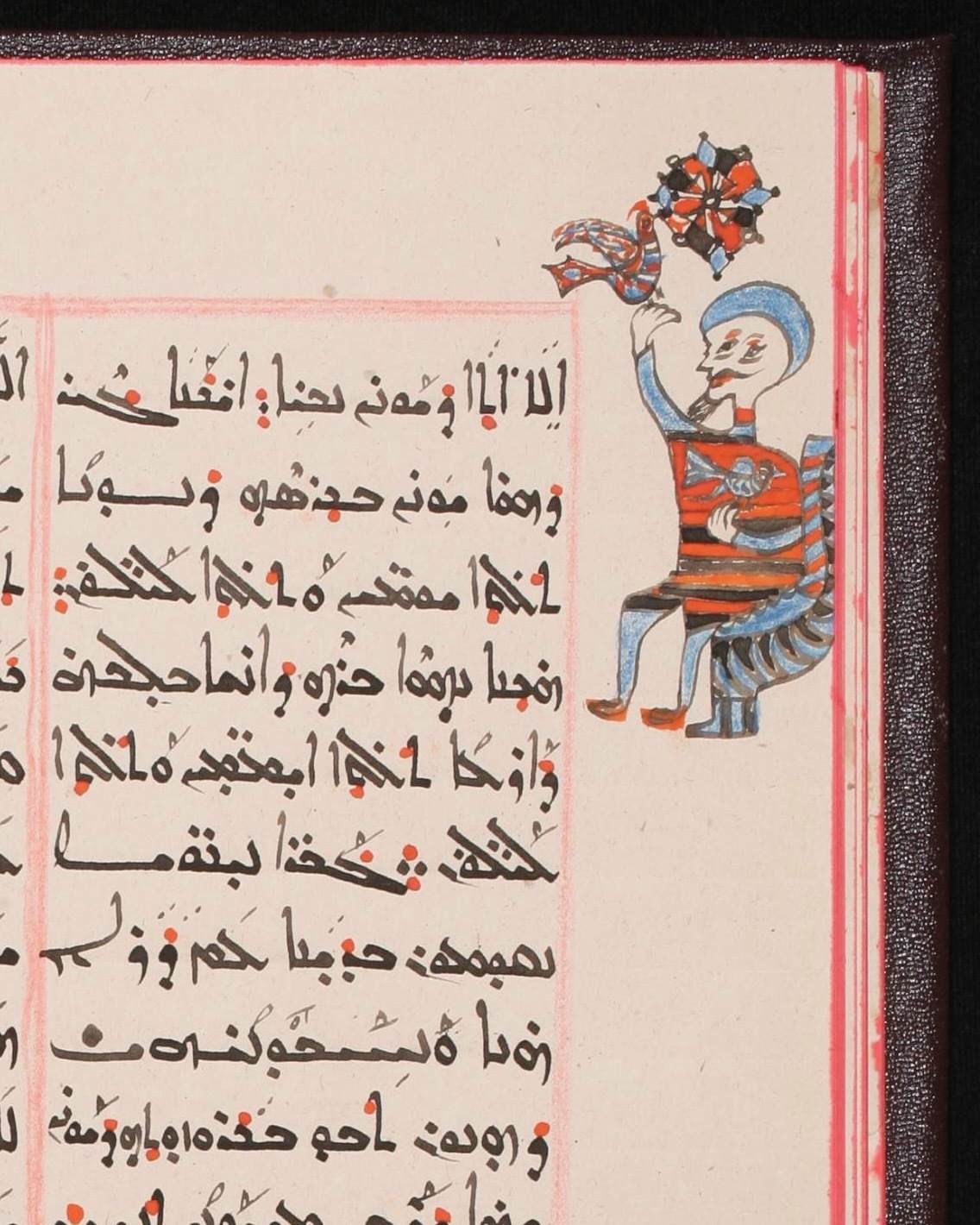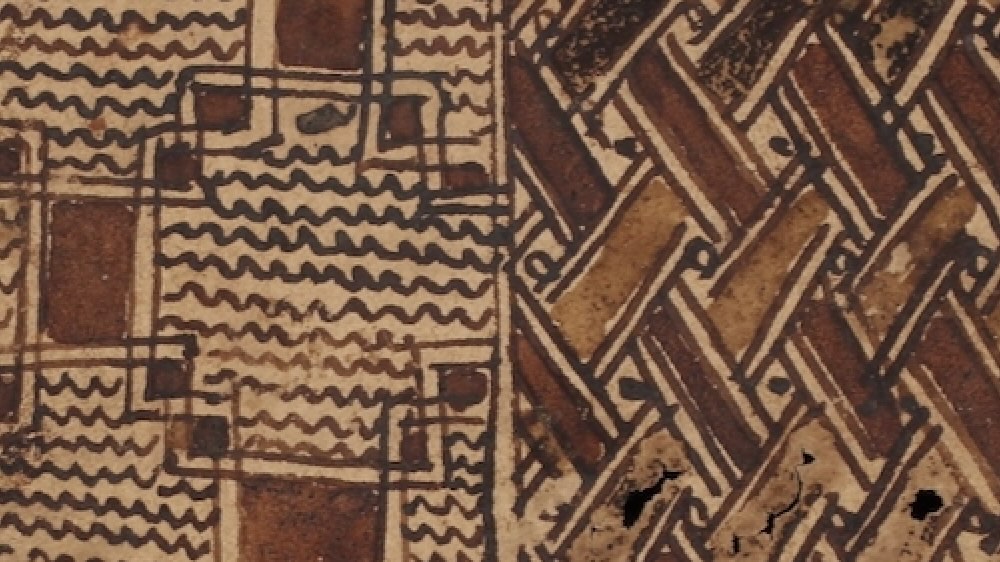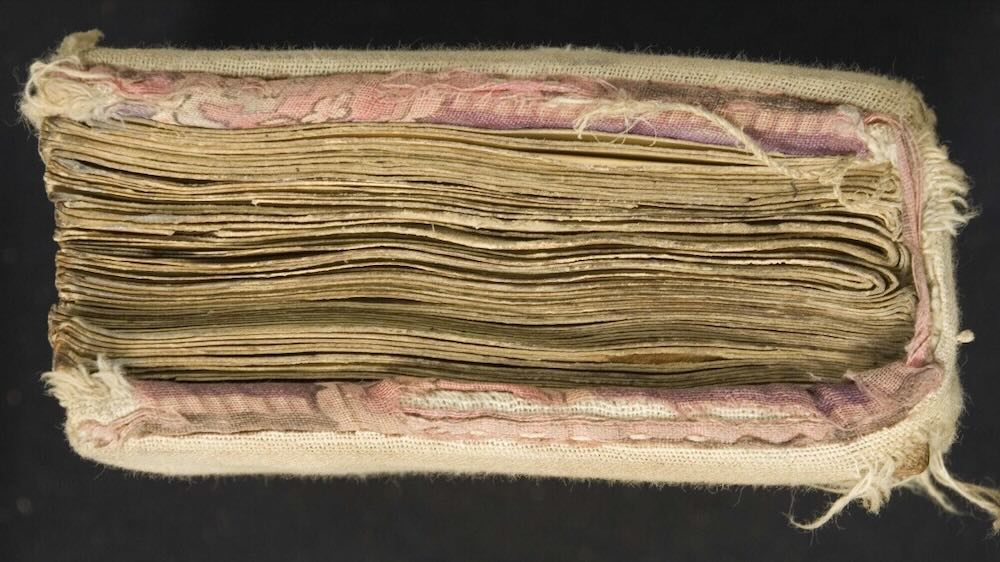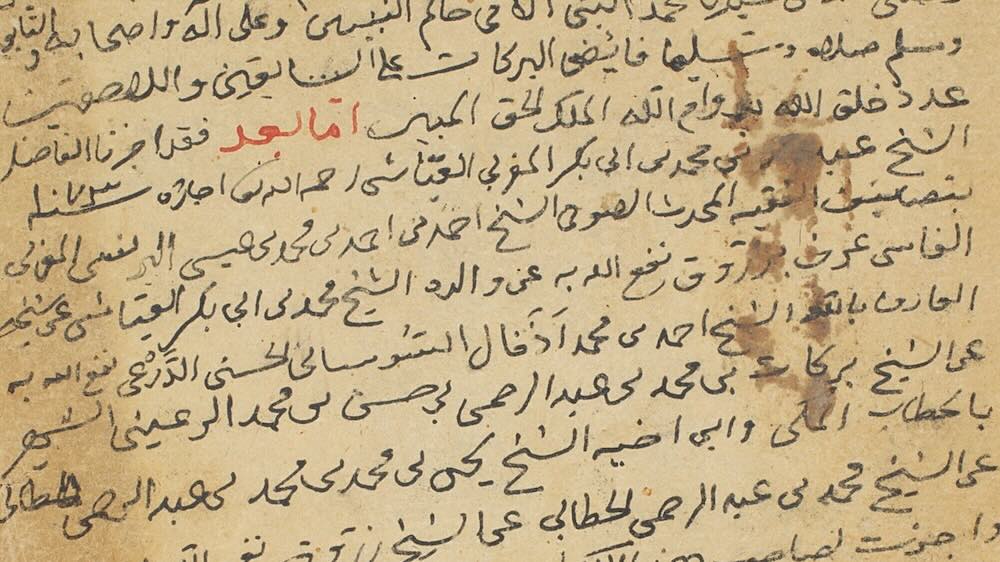Decorative Birds In Syriac Manuscripts
Decorative Birds in Syriac Manuscripts
This story is part of an ongoing series of editorials in which HMML curators and catalogers examine how specific themes appear across HMML’s digital collections. From the Eastern Christian collection, Dr. James Walters has this story about Animals.
Bird watching is typically an activity that one enjoys outside, surrounded by nature. Or, at the very least, by a window with a nice view, perhaps with a pair of binoculars. So, imagine my surprise when I began cataloging Syriac manuscripts in HMML’s Eastern Christian collections, and I started seeing birds everywhere!
Birds show up in many different places and with much artistic variety throughout HMML’s collections of manuscripts written in Syriac. From what I’ve observed, the birds have nothing to do with the content of the texts. Instead, they have a more decorative role, whether by resting on a page or adding excitement to a more complex image.
One of the most common places that birds appear is in the margins, either above or to the side of the texts copied within a manuscript.
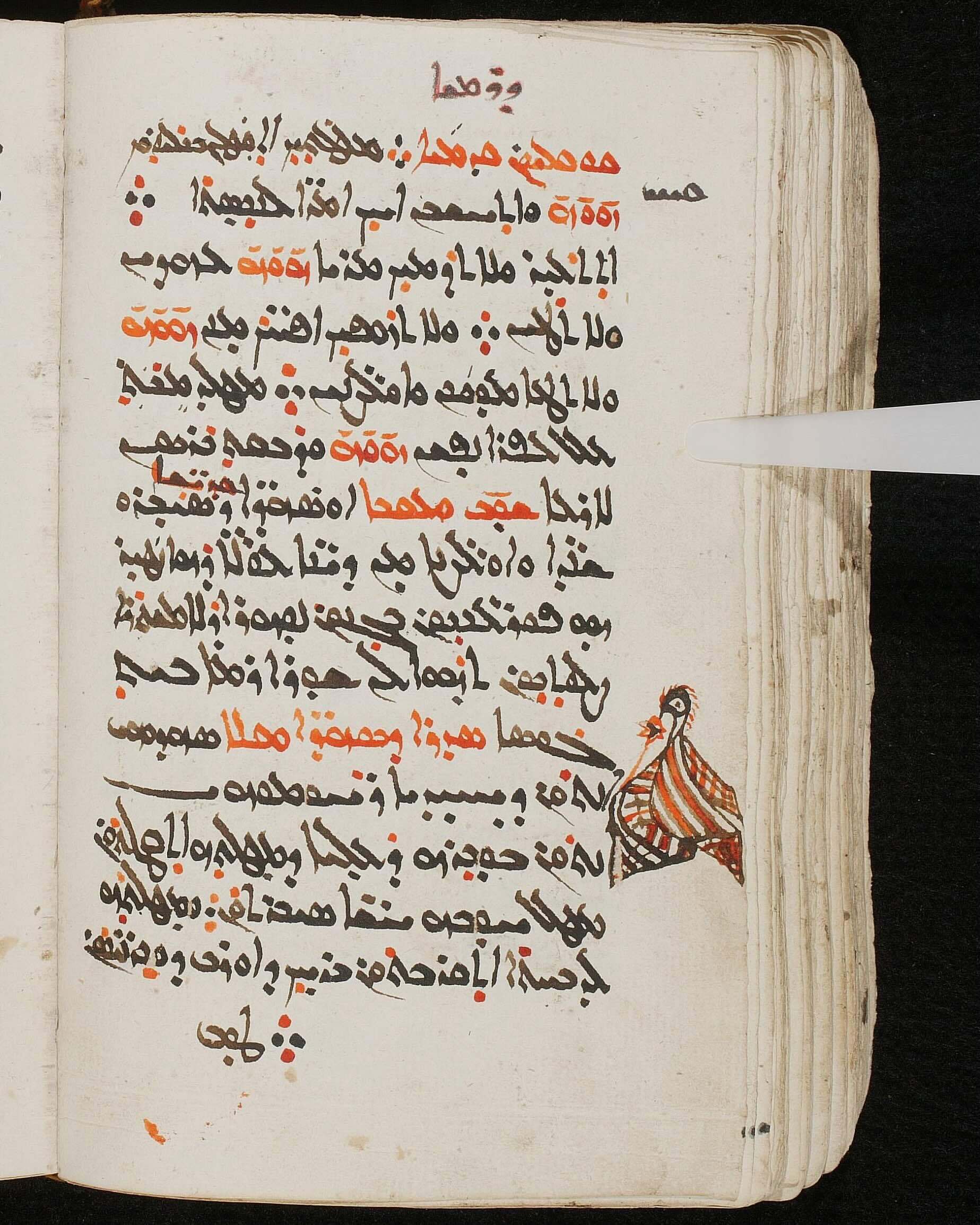

Sometimes birds appear as part of a decorative border, which usually occurs at the beginning of a manuscript or between texts within a manuscript. In rare occasions, birds are even incorporated into the letters of a title, as seen in a very colorful and interesting example in the collection of the Chaldean Catholic Church, Patriarchate of Baghdad, Iraq (CPB 00492).
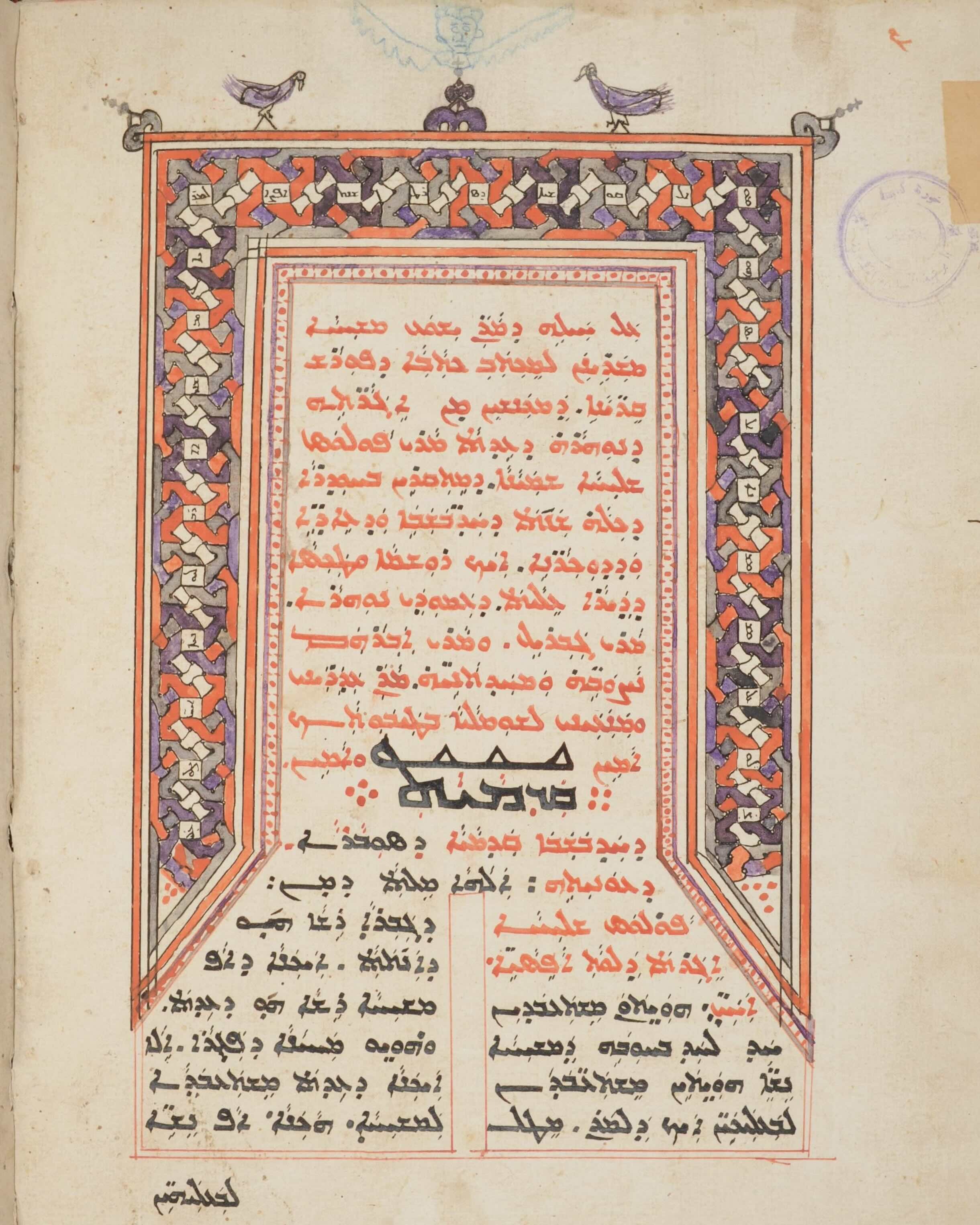
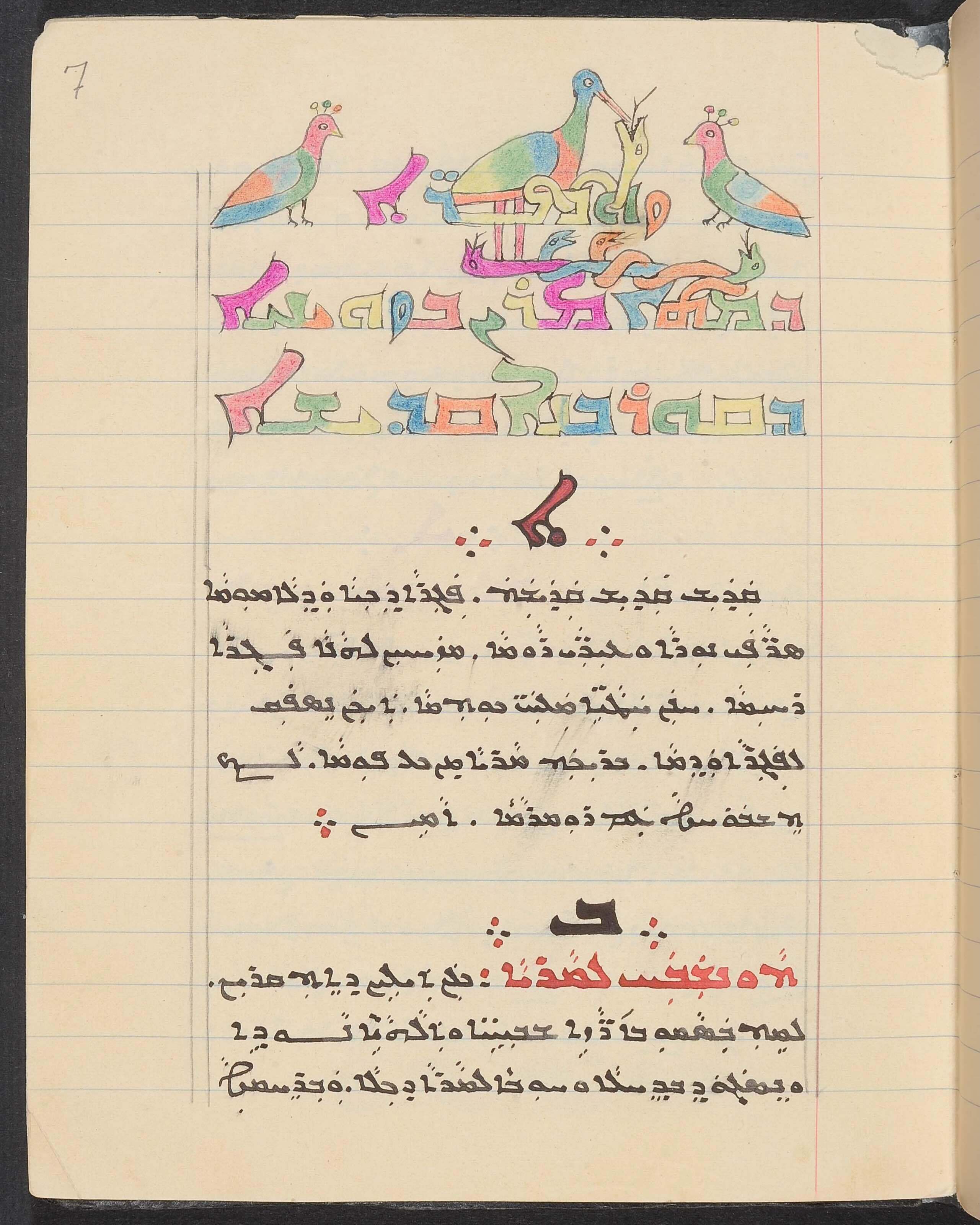
And finally, there are some manuscripts that are a truly a treasure trove of bird images, such as SOAH 00279, in the collection of the Syriac Orthodox Church, Archdiocese of Homs. Birds appear as part of full-page decorations at the beginning of the manuscript, and many more birds decorate the margins. One page even features an image of a fellow bird watcher!
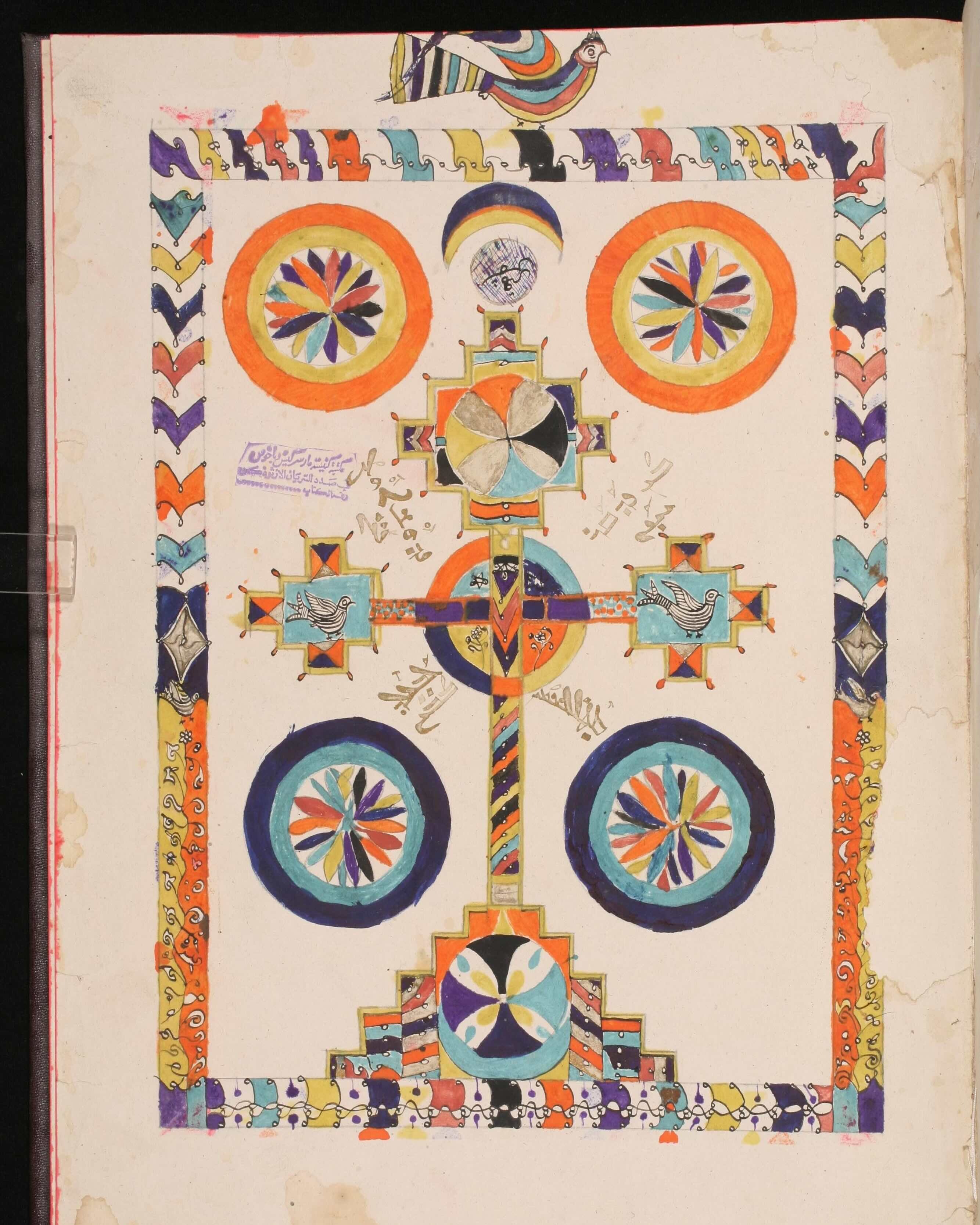
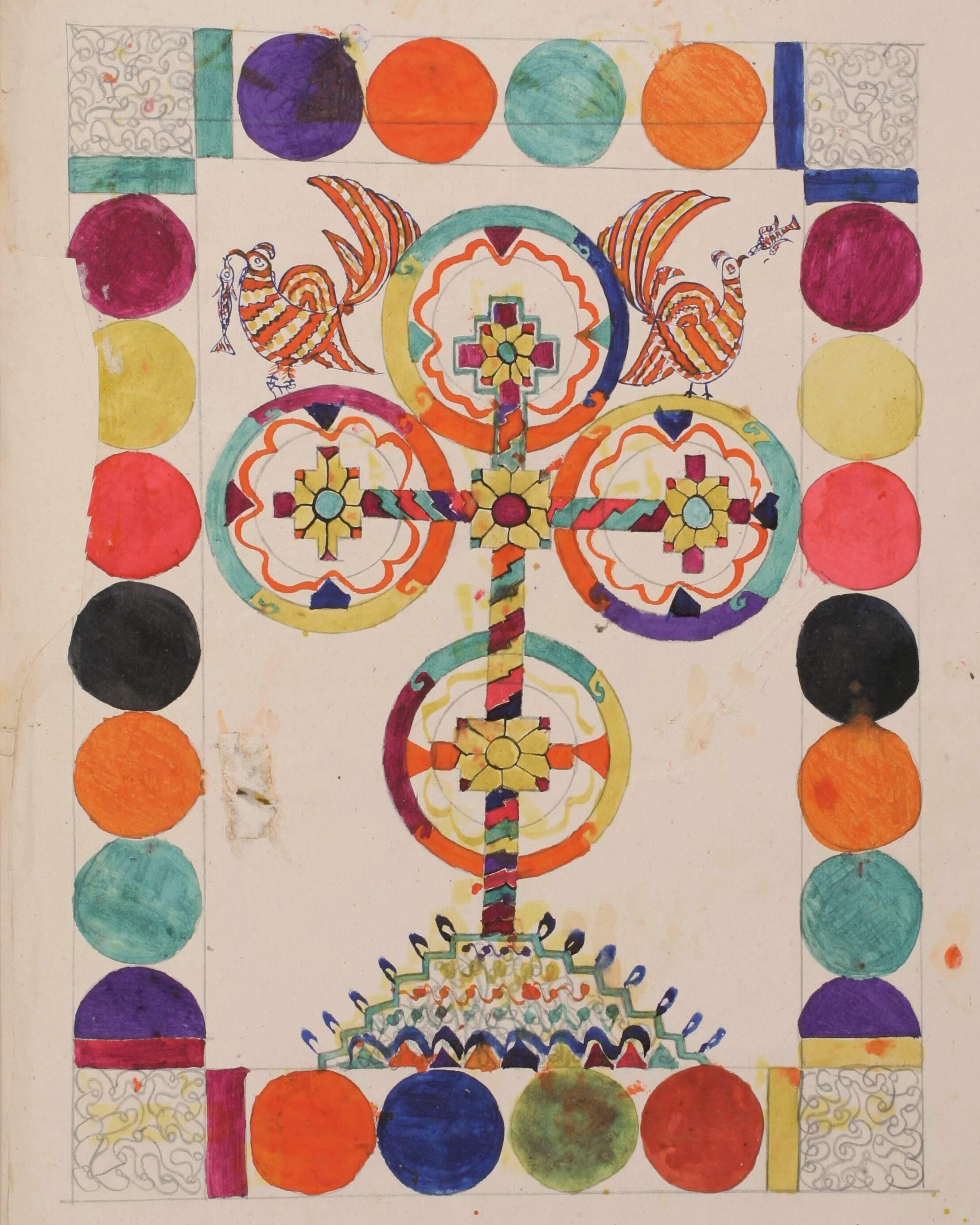
Naturally, all of these examples raise the question: why birds? Why are these animals such common decorative features in Syriac manuscripts (and in manuscripts written in other languages, too)? There does not appear to be a single satisfactory answer to this question. It’s possible that the act of drawing birds in the margins or on titular borders was popular at certain scribal locations, which might explain why they are more prevalent in some collections than in others.
Regardless of why birds specifically were chosen, it’s likely that these drawings exist because scribes needed a break from the arduous task of copying lengthy texts. Marginal doodles could have provided a much needed distraction as well as an opportunity to show off their artistic skills. And we, as modern manuscript bird watchers, are grateful for the opportunity to see what they created.
